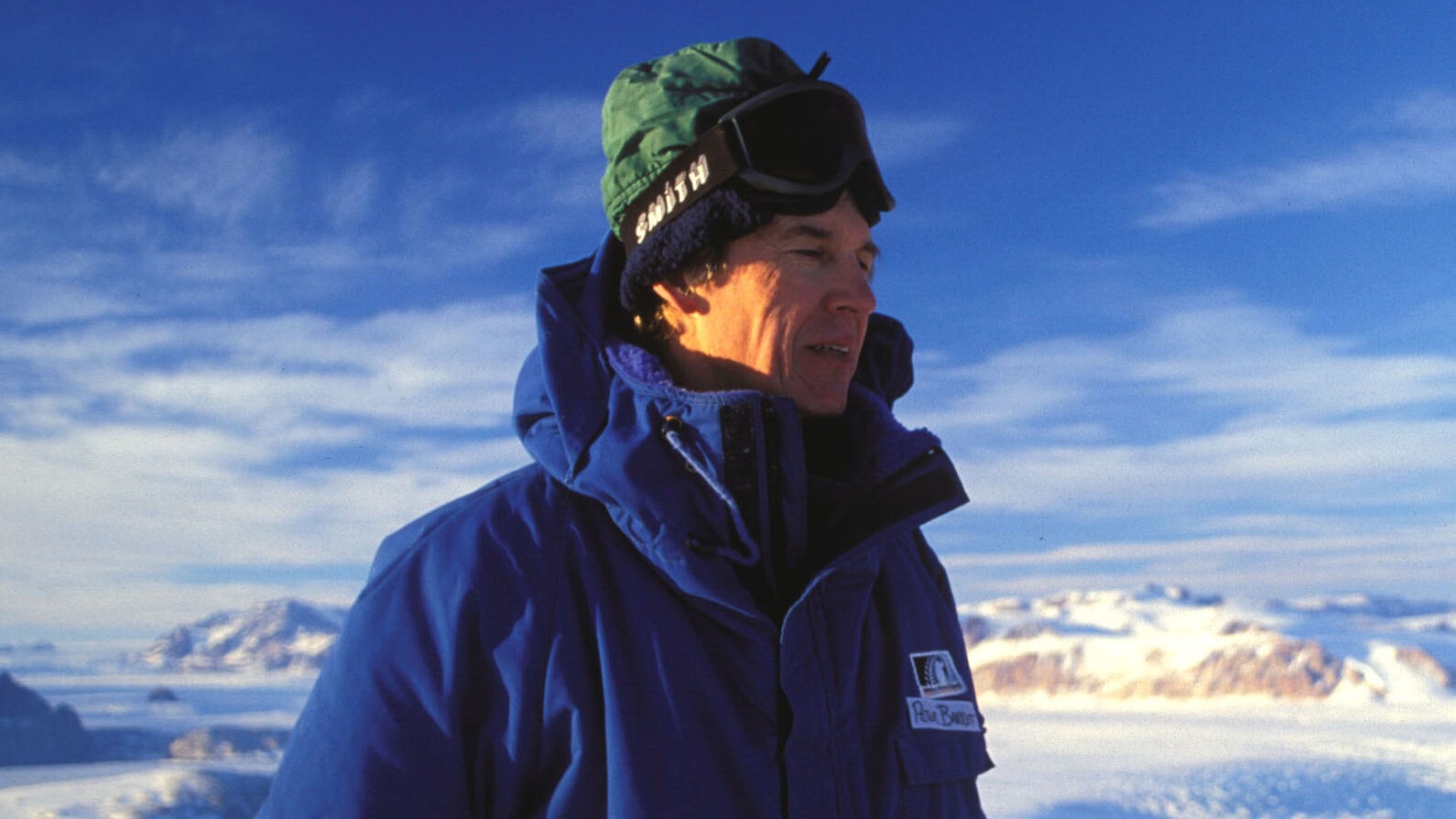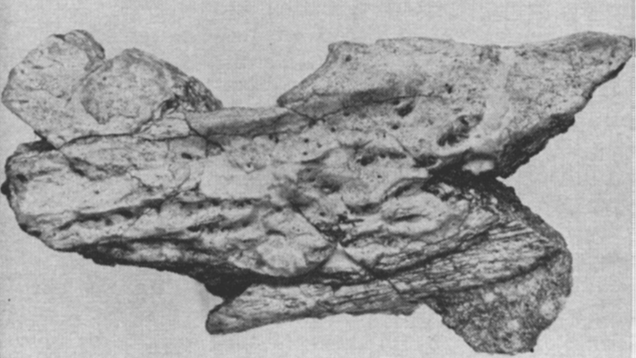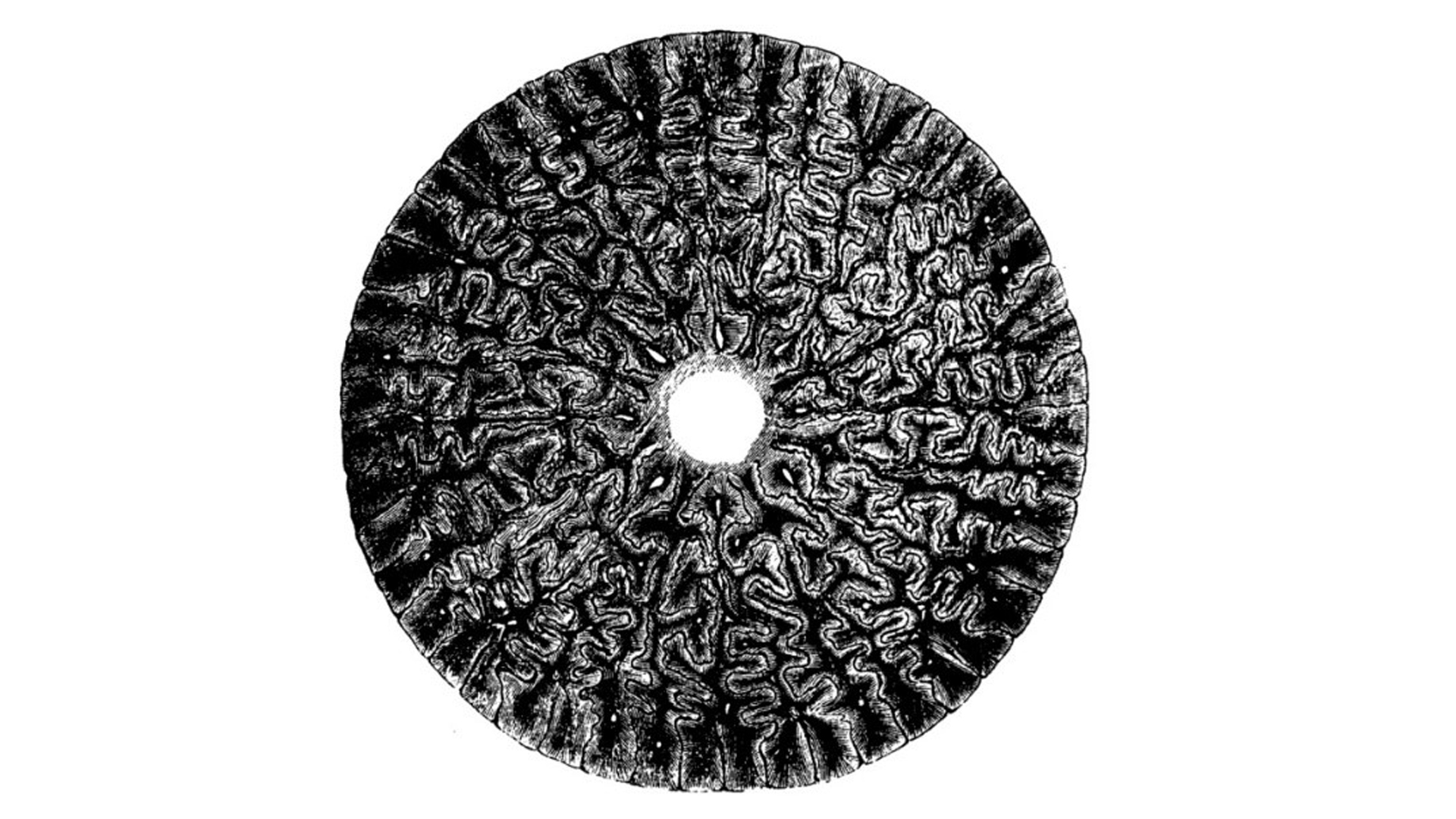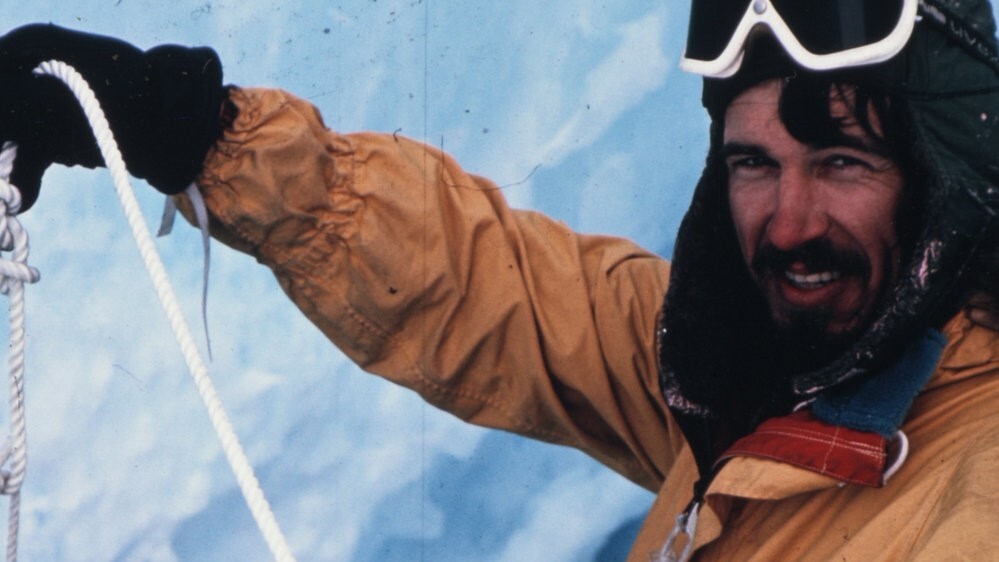It was glued together with pancake batter and nearly seized by customs, but it was a fossil that changed history.

On first sight it looked unremarkable, hardly worth the effort of digging it out of the ground. But when New Zealand geologist Peter Barrett returned for a third time to the fossil high in the mountains of Antarctica, he decided to start digging.
Peter didn’t know it then, but this unassuming fossil was a world first discovery and would transform the way we think about the history of the Earth. But first he had a problem to solve. As he dug the 200-million-year-old fossil out of the frozen ground it shattered into 10 pieces.
The story of this remarkable discovery on 28 December 1967 is revealed in a pamphlet recently unearthed in the Canterbury Museum collection. The pamphlet was found by the Museum’s inventory team, which is creating a digital inventory of the Museum’s entire collection of 2.3 million objects. The massive task, that will take decades to complete, aims to ensure that every object has a number, a photograph, a location and a listing on our database. The team regularly uncovers forgotten objects.
The pamphlet, The Ancient Relative That Preceded Man, tells the story of Peter’s strange find and its equally surprising journey into the history books.

At the time of the discovery Peter was completing his doctorate in the graduate programme at the Institute of Polar Studies at Ohio State University. The Hamilton-raised geologist was given a grant alongside two others to map the geology of the Beardmore Glacier area in Antarctica. They spent two summer seasons at the Otway Massif base, between 1966 and 1968. It was during their second season on the ice, climbing in the Transantarctic Mountains near Graphite Peak, that they came across this strange fossil. They twice decided against digging it up, thinking it wouldn’t be worth the hassle. The third time they decided to start digging, but then it shattered into 10 pieces. Wrapping the broken fossil in loo paper, they took it back to base. Here Ralph Ballie, who had special training in palaeontology, identified it as being a bone from either an amphibian or reptile. Ballie spent all night gluing the pieces back together using the only adhesive he had on hand - pancake batter.
But Peter’s struggles didn’t end there. Upon his return to New Zealand the bone fragment was almost lost. A customs official in Christchurch deemed it to be biological material and threatened to seize the precious artefact. Peter had to explain that the fossil no longer contained biological material as it had turned into rock. He won the argument and collected the fossil from customs on his return to America. It was then examined by palaeontologist, Dr Edwin Colbert, of the American Museum of Natural History.

He confirmed it was a fragment of a jawbone from a land-dwelling verterbrate known as a Labyrinthodont, which would have measured about 4 feet long. He also confirmed that the 6 centimetre fossil was the ”first land vertebrate ever to have been found in Antarctica”.
Labyrinthodonts looked like oversized salamanders (or undersized crocodiles) with short legs, large flat heads and a tail. They are named after the folding enamel pattern of their teeth, which looks like a maze or labyrinth. Teeth from the Labyrinthodont are often the only part of the animal to fossilise. Their teeth also suggest they were carnivores as the labyrinth pattern makes them stronger. Useful when snapping shut on prey.
Labyrinthodonts are considered ancestors of our modern-day amphibians and existed during the Carboniferous and Permian eras about 359 to 251 million years ago. Canterbury Museum holds several Antarctic fossils from this era in the collection. Four from a Crossopterygii clade, otherwise known as lobe-finned fish, which were around in the Devonian time period and thought to be the ancestors of the Labyrinthodont. These fossils were collected between 1991 and 1992 on Mount Metschel and the Cook Mountains along the Transantarctic Mountains in Antarctica by members of the New Zealand Antarctic Research Programme.

Peter’s fossil helped prove a theory about how the Earth developed. It provided valuable evidence supporting Alfred Wegner’s Gondwanaland theory, a controversial theory at the time of the fossil’s discovery. His theory suggested that all the continents and land masses in the Southern Hemisphere were once joined as one large landmass, called Gondwana. When Gondwana was whole, the climate of the Earth was much warmer. Labyrinthodonts had no internal body temperature regulator to protect against the cold. They required a tropical climate to survive and wouldn't have been able to live in the now frozen continent of Antarctica. They also couldn't have swum to Antarctica as they were unable to tolerate salt water. Further discoveries of Labyrinthodont fossils in Gondwanan land masses like Australia, Africa, Madagascar and Antarctica support Wegner’s theory.
For Peter, the remarkable find was just the start of an illustrious career in Antarctic science. In 1970, he was appointed founding director of the Victoria University of Wellington's Antarctic Research Centre (ARC), a position he held until 2007. Peters, who is Emeritus Professor at ARC, distinguished professor helped pioneer the examination of sediment cores drilled in Antarctica to learn about historic climate shifts and has been honoured many times for his contribution to science in Antarctica.
In 1964, Barrett Glacier was named in his honour. It flows from the mountain range where he first made the fossil discovery to the Ross Ice Shelf about 1,000 kilometres away.






